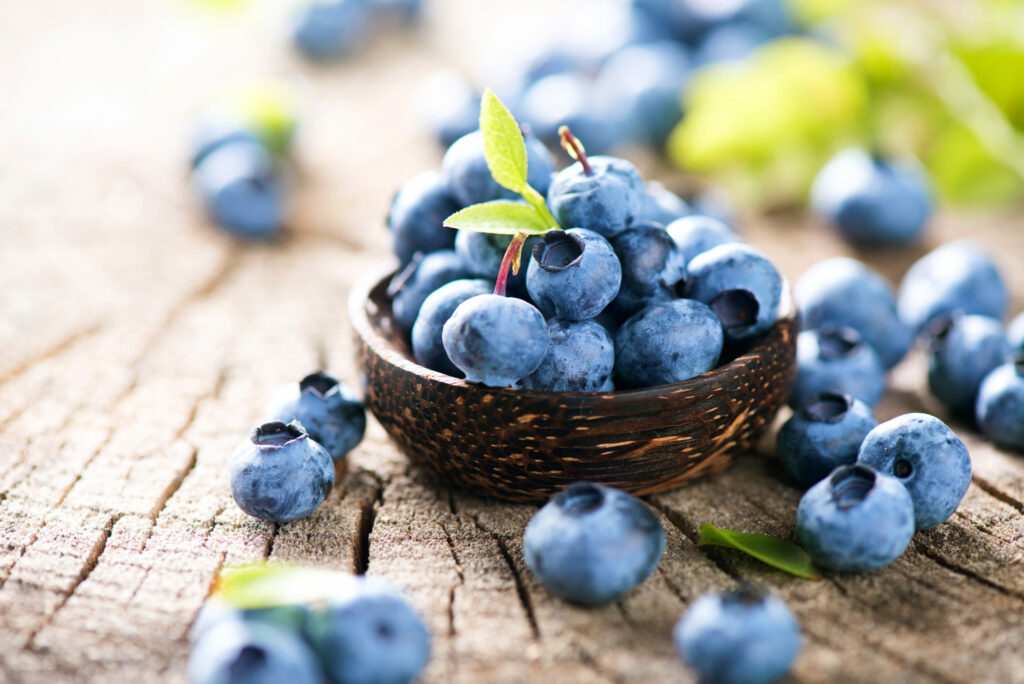
Blueberries are amazing little wonders. Often called a superfood, they get their intense blue color and their health benefits from anthocyanins. These are antioxidants that can help to lower blood pressure, reduce inflammation, protect against heart disease, and more. They also contain essential fiber and vitamin C. Blueberries are low-calorie, super tasty, versatile in in cooking and baking, and pleasantly sweet.
Well, most blueberries are sweet. We’ve all had that experience when we pop a blueberry into our mouth expecting a sweet taste but end up wincing at the tartness instead. It’s hard to tell whether a blueberry will be sweet just by looking at its size, but make note of the color—in general, the darker and bluer a blueberry is, the sweeter it should taste.
The most common cause of sour blueberries is over-production on your blueberry plant. Some experts suggest removing all blossoms for the first year or two as you let the plant’s root system fully establish itself. This should lead to bigger and sweeter blueberries in later years.
When you’re ready to harvest your blueberries from your edible plant, try sampling a few berries first. This is the best way to test for sweetness, although keep in mind that the berries could be ripening at different times on the same bush. You may end up with some sweet and some sour blueberries from the same harvest.
If the blueberries you’re tasting seem too tart, let them continue ripening on the plant a little longer. Blueberries can remain on the bush for around 10 days after they begin to ripen, during which time they become plumper and sweeter. Keep an eye on them and keep sampling!
If you find that you’re stuck with a batch of sour blueberries, though, don’t worry. Although sour blueberries will remain sour after they’re picked, they aren’t wasted. There are plenty of ways to make use of blueberries that aren’t quite as sweet as you hoped:
Bake with them. Blueberries hold up well in baked goods like pies, muffins, and cobblers. To prevent blueberries from sinking in your muffins, spoon half the batter into the cups, add the blueberries, and cover with more batter. You can also lightly coat your blueberries in flour or cornstarch before stirring them gently into the batter.
Cook with them. Blueberries aren’t just for desserts! Cooking blueberries will intensify the sweetness but won’t destroy the antioxidant benefits. Blueberries that taste slightly sour or tart are ideal for savory dressings and sauces.
Sweeten them. Adding honey, maple syrup, sugar, or other sweeteners to your sour blueberries won’t completely take away the tartness, but they’ll counteract it nicely. Eat your sweetened blueberries plain or toss them into smoothies, yogurt, or cereal.
Freeze them. If you end up with lots of blueberries—whether they’re sour or sweet—you can always freeze them to use later. They freeze individually and won’t clump together into a big mess. If you want to rinse your blueberries first, dry them completely with paper towels before putting them in freezer containers or resealable plastic bags. Toss frozen blueberries right into smoothies. For other uses, thaw first, and rinse them off if you didn’t rinse them before putting them in the freezer.

